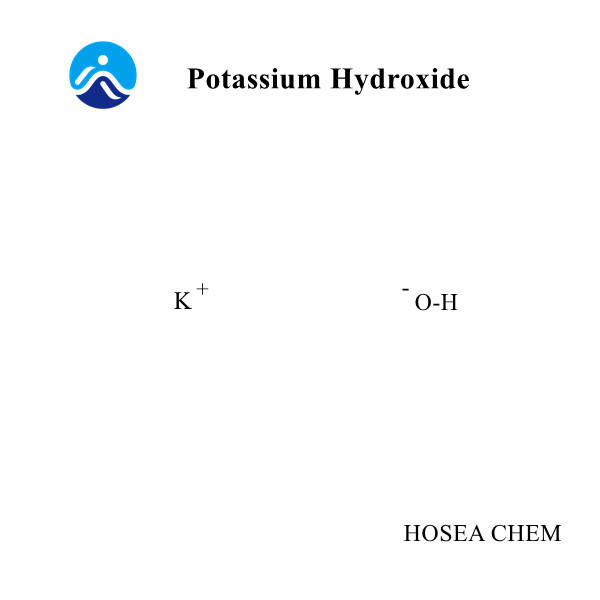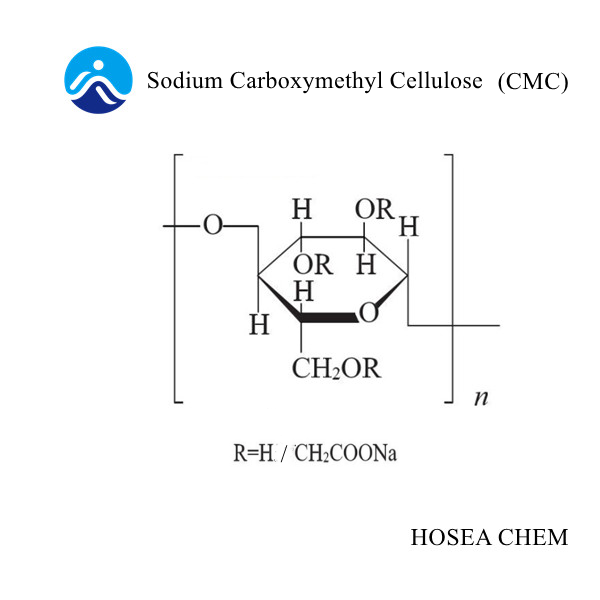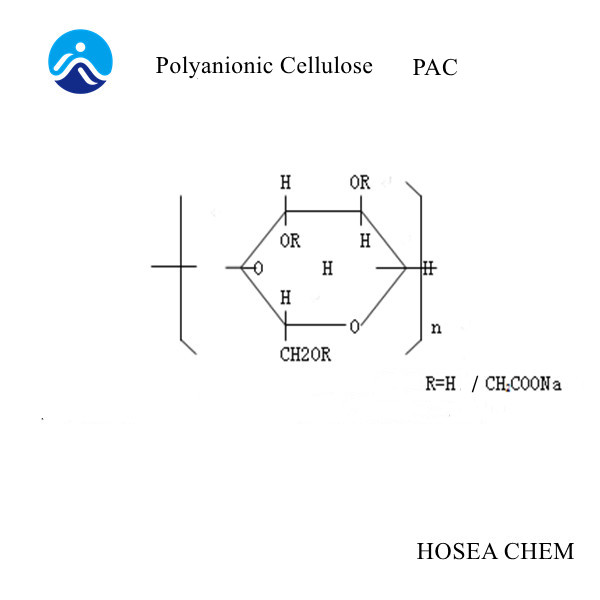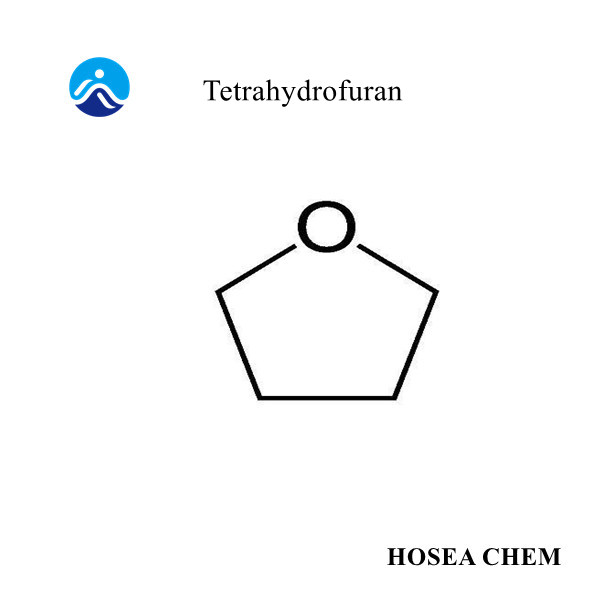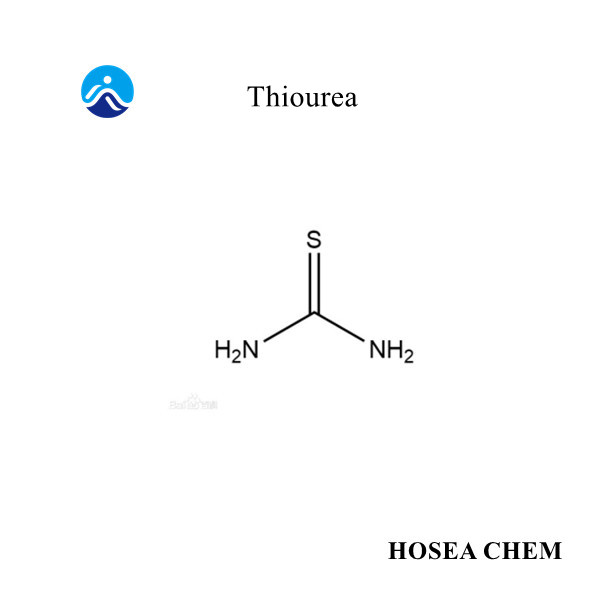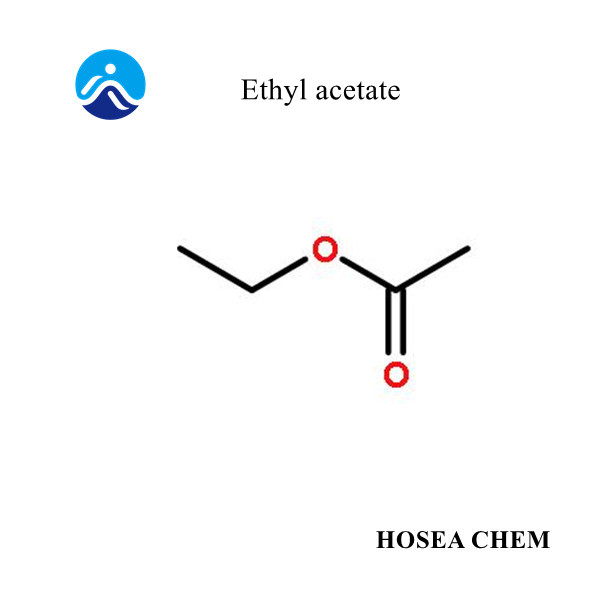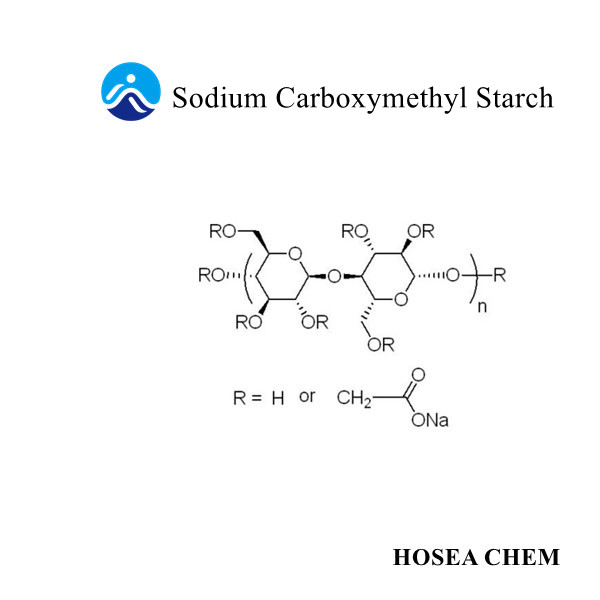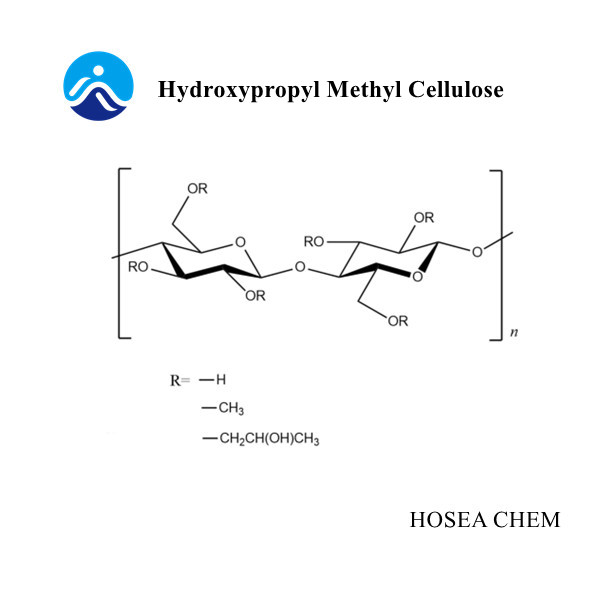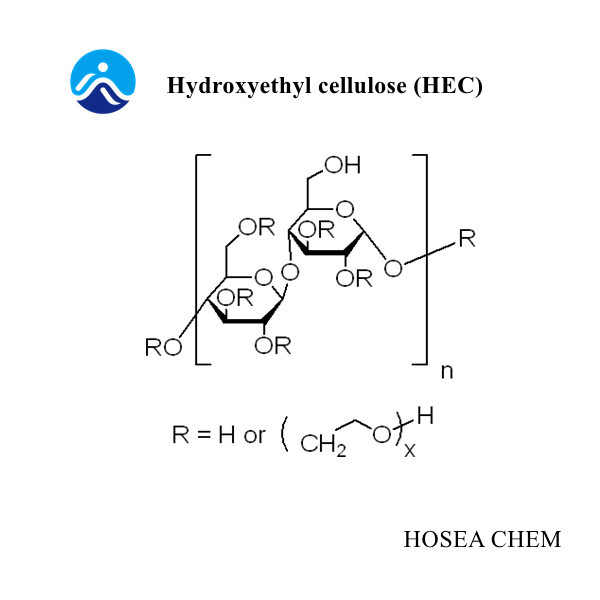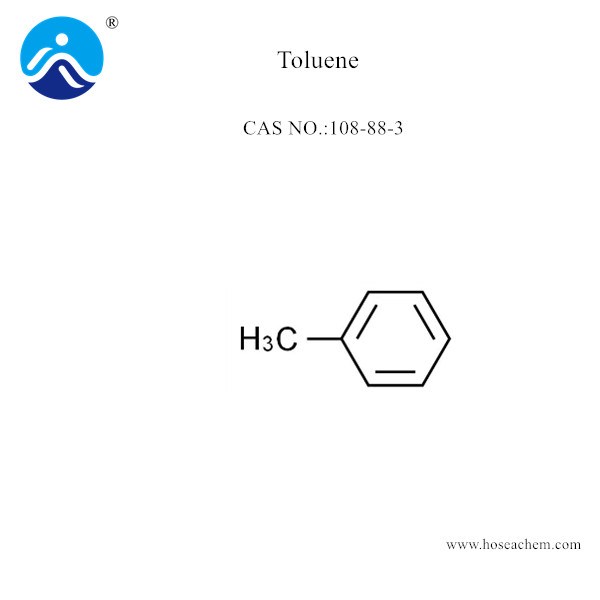Toluene
Hosea Chem® has been supplying Toluene (CAS 108-88-3) with high quality and competitive price for many years, covering most of the European, American, etc. Send Inquiry
Product Description
Toluene
Chemical Name:Toluene;CAS 108-88-3
EINECS No.: 203-625-9
Chemical Formula: C7H8
Molecular Weight: 92.14
Melting point: -94.9°C
Boiling point: 110.6℃
Flash point: 40°F
Density (25 °C): 0.8636 g/cm3
Molecular Structure:
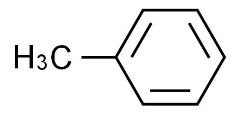
Description
Toluene, a colorless, water-insoluble liquid, possesses a distinctive smell reminiscent of paint thinners. Chemically known as methylbenzene or phenylmethane, toluene is a mono-substituted benzene derivative, where a single methyl group replaces one hydrogen atom.
Toluene Standard
Appearance: Colorless clear liquid
Content %≥: 99.0
Density (25 °C):: 0.8636 g/cm3
Vapor Pressure (20 °C): 22 mmHg
Refractive index n20/D: 1.496
Explosive Limit %: 7
Application
1. Toluene’s primary role in the paint industry is as a solvent and thinner. It efficiently breaks down the resins and binders in paint formulations, enhancing the consistency and application properties. Toluene’s rapid evaporation rate is critical in drying, which leaves a smooth, durable finish without affecting the color quality. It’s beneficial in high-performance coatings, such as those used in automotive and industrial settings, where a resilient finish is critical.
2. Toluene’s solvent action dissolves the polymers and resins that give adhesives their sticky properties. It is an essential component in the formulation of adhesives for PVC plastics, providing the necessary viscosity for easy application. As the toluene evaporates after the glue is applied, it leaves behind a strong bond resistant to moisture and temperature variations, making it ideal for household and industrial use.
3. In the printing industry, toluene is appreciated for its fast-drying properties, which help to prevent the printed material from smudging or running. This property is particularly advantageous in high-speed printing operations. Additionally, toluene helps to maintain the integrity of the inks, ensuring they do not clog the printing presses and that the colors remain vibrant over time.
4. The synthesis of certain pharmaceuticals can involve complex chemical reactions where toluene is used as a solvent. Its stability under reaction conditions and ability to dissolve many substances make it a solvent of choice for many syntheses. Moreover, its relatively easy removal post-reaction is beneficial in the purification stages of drug manufacturing.
5. In plastic manufacturing, toluene is a precursor in the synthesis of TDI, which is essential for producing flexible polyurethane foams. These foams are ubiquitous and found in mattresses, upholstery, and automotive interiors. Toluene-derived materials contribute significantly to the versatility and comfort of modern foam-based products.
6. Toluene is sometimes used as an additive in race fuels to elevate octane levels, thereby enhancing combustion efficiency and power output. It allows for higher compression ratios and more aggressive engine tuning, which can translate to better performance on the racetrack. However, this use is controversial and regulated due to the environmental impact and health risks associated with toluene emissions.
7. Toluene is nitrated to produce TNT, an explosive compound with a long history of military and civil engineering applications. The nitration process involves chemical reactions that introduce nitro groups into the toluene molecule, significantly altering its chemical stability and making it explosive upon impact or when ignited.
8. Toluene’s degreasing properties are crucial in preparing hides in the leather tanning industry. It cleanses the raw hides, removing natural fats and oils to ensure an even absorption of tanning agents. Additionally, in dyeing processes, toluene-based solvents can help to achieve uniform coloration and enhance the penetration and fixation of dyes.
9. Toluene ensures a smooth and durable finish in nail polishes, acting as a solvent that uniformly disperses the pigment and assists in forming a quick-drying film. In cosmetics, its application extends to creating transparent, vibrant colors and ensuring the products have a pleasing consistency. However, due to potential health impacts, its use in cosmetics is increasingly replaced by safer alternatives.
Storge & Handling
Toluene should be stored in a cool, dry, well-ventilated area away from any ignition source, as it emits vapors that can form explosive mixtures with air. It is recommended to store toluene in a designated flammable liquid storage cabinet. These cabinets are typically constructed from materials that can withstand high temperatures and are designed to contain spills.
Packing
170KG/Drum


